Coaxial Power Dividers:Understanding Their Functionality and Applications
In the evolving landscape of modern telecommunications and high-frequency systems, Coaxial Power Dividers have emerged as critical components that significantly influence system performance and reliability. These precision-engineered devices distribute RF signals across multiple paths with minimal loss and distortion, serving as the backbone for countless applications in satellite communications, telecommunications infrastructure, and defense systems. As signal integrity becomes increasingly paramount in today's data-driven world, understanding the functionality, design considerations, and practical applications of Coaxial Power Dividers becomes essential for engineers and technical professionals seeking optimal system performance.
The Fundamental Principles Behind Coaxial Power Dividers
What Is a Coaxial Power Divider?
A Coaxial Power Divider is a passive microwave component specifically designed to distribute input power equally or unequally across multiple output ports while maintaining impedance matching throughout the system. Unlike simple splitters, professional-grade Coaxial Power Dividers like those manufactured by Advanced Microwave Technologies Co., Ltd. utilize sophisticated internal structures to ensure minimal insertion loss and superior port-to-port isolation. The fundamental architecture typically involves precision-machined conductors, carefully calculated transmission line geometries, and specialized dielectric materials that together create the ideal electromagnetic environment for power division. Each output port is meticulously designed to maintain the characteristic impedance (typically 50 Ohms) regardless of the number of division paths, ensuring that signal reflections are minimized throughout the operating frequency range, which can extend from DC to an impressive 40 GHz in premium models.
Design Technologies and Construction Methodologies
The engineering behind modern Coaxial Power Dividers represents decades of microwave design evolution. Contemporary designs utilize several key technologies including Wilkinson power dividers, resistive dividers, and hybrid coupler configurations, each offering distinct advantages for specific applications. Advanced Microwave's Coaxial Power Dividers incorporate precision-engineered internal structures that are manufactured to exacting tolerances, often less than 0.001 inches, to ensure consistent electrical performance. The construction methodology involves specialized CNC machining of brass or aluminum housings, electroplating with materials such as silver or gold for superior conductivity, and utilizing high-performance dielectric materials that maintain their electrical properties across wide temperature ranges from -40°C to +85°C. This robust construction methodology ensures that the Coaxial Power Divider maintains its specified VSWR (Voltage Standing Wave Ratio) of ≤1.20:1 even under challenging environmental conditions, providing the reliability demanded by mission-critical applications.
Signal Integrity and Performance Parameters
Signal integrity stands as the cornerstone of Coaxial Power Divider performance, with several key parameters determining overall effectiveness. The insertion loss, typically maintained at ≤0.3 dB in Advanced Microwave's premium offerings, represents the power loss experienced during signal transmission through the device. Equally important is phase balance between output ports, which must be precisely maintained to ensure proper system operation, particularly in phased array applications. Port-to-port isolation, another critical parameter, measures the degree to which signals at one output port are prevented from interfering with signals at other output ports. Advanced Microwave's Coaxial Power Dividers achieve exceptional isolation values, often exceeding 20 dB across their operating frequency range. Power handling capability represents another crucial specification, with industrial-grade Coaxial Power Dividers capable of handling up to 50 W of continuous RF power without performance degradation. These performance parameters collectively determine the Coaxial Power Divider's suitability for specific applications, with each parameter carrying varying importance depending on the intended use case.
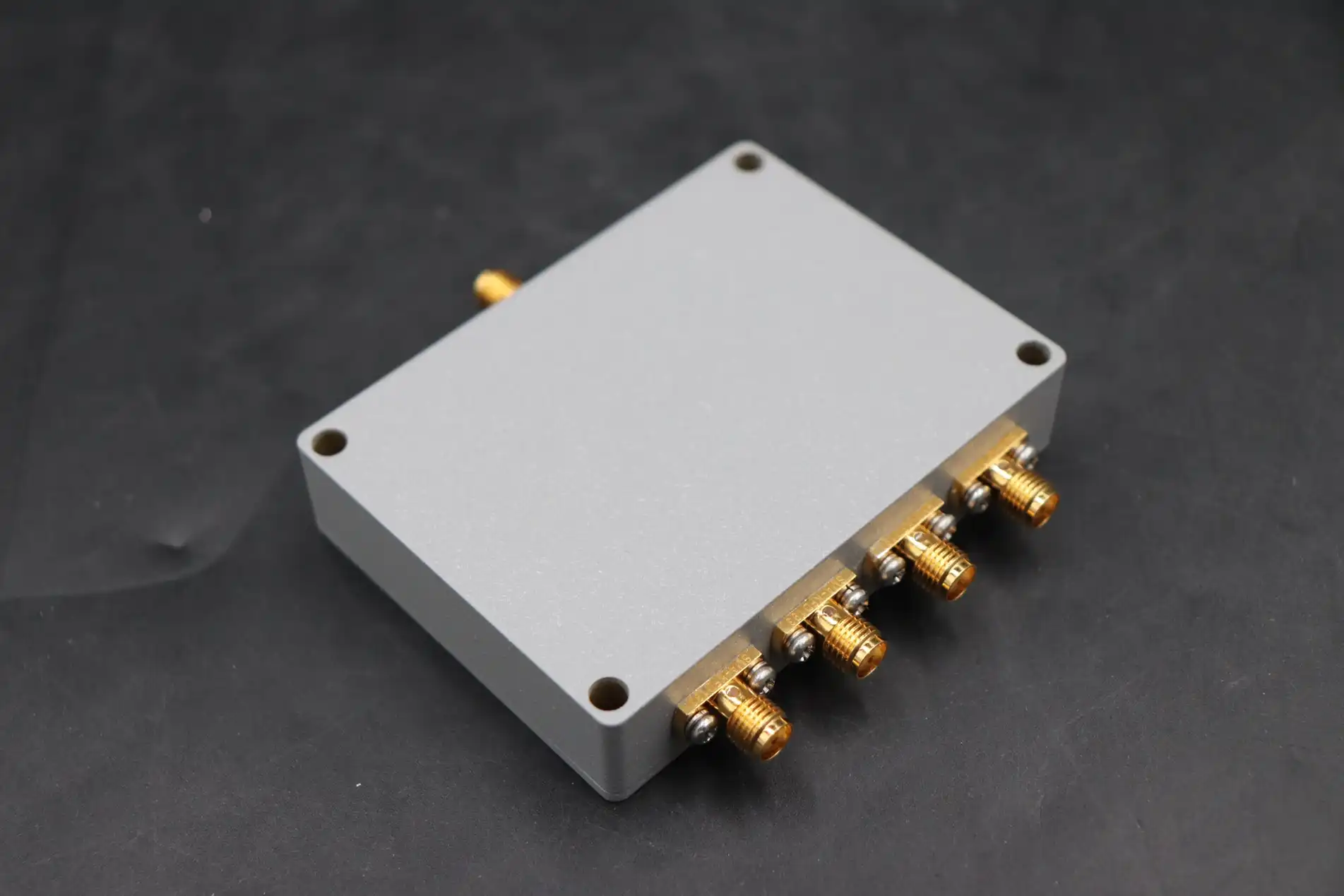
Applications and System Integration Considerations
Telecommunications Infrastructure Implementation
Coaxial Power Dividers play a pivotal role in telecommunications infrastructure, forming the foundation of signal distribution networks in cellular base stations, distributed antenna systems, and network operation centers. In these applications, the Coaxial Power Divider must deliver exceptional reliability while maintaining consistent performance across varying environmental conditions. Advanced Microwave's Coaxial Power Dividers are specifically engineered to meet these demands, featuring temperature-stable components that ensure consistent electrical performance from -40°C to +85°C, making them ideal for both climate-controlled data centers and outdoor installations. Network engineers particularly value the low insertion loss of ≤0.3 dB, which maximizes signal transmission efficiency and reduces overall system power requirements. In complex telecommunications systems, where signal distribution paths may span considerable distances, the superior port-to-port isolation prevents cross-contamination between channels, ensuring data integrity and minimizing error rates. Furthermore, the product's broad frequency range capability from DC to 40 GHz provides the flexibility required to accommodate evolving telecommunications standards without necessitating component replacement, thereby protecting infrastructure investments over extended operational lifespans.
Satellite Communication Systems Applications
The demanding environment of satellite communications requires Coaxial Power Dividers of exceptional quality and reliability. These components serve critical functions in both ground-based equipment and space-qualified systems, distributing signals between multiple antennas, receivers, and transmitters. Advanced Microwave Technologies, with its extensive experience in satellite communications equipment, produces Coaxial Power Dividers specifically engineered to meet the stringent requirements of these applications. In uplink systems, where signal clarity directly impacts transmission quality, these dividers maintain phase coherence and amplitude balance across multiple paths, ensuring optimal signal combining at the satellite receiver. The devices' low VSWR of ≤1.20:1 minimizes signal reflections that could otherwise degrade system performance, while their robust construction withstands the rigorous environmental conditions encountered in satellite earth stations. For space-qualified applications, specialized versions of the Coaxial Power Divider undergo additional screening and qualification testing to ensure reliability in the harshest conditions. The excellent isolation characteristics between output ports prove particularly valuable in frequency-reuse systems, preventing adjacent channel interference and maximizing spectrum utilization efficiency. By incorporating Advanced Microwave's Coaxial Power Dividers into their satellite communication systems, engineers achieve superior performance while meeting strict reliability requirements.
Defense and Aerospace Integration Challenges
The defense and aerospace sectors present some of the most demanding applications for Coaxial Power Dividers, requiring exceptional performance under extreme conditions. In radar systems, Coaxial Power Dividers distribute high-power signals to multiple antenna elements, requiring superior power handling capabilities of up to 50 W while maintaining precise phase relationships between outputs. Advanced Microwave's products excel in these applications, featuring reinforced internal structures and premium materials that withstand the high-stress environments encountered in military and aerospace deployments. Electronic warfare systems leverage the broad frequency coverage and fast switching compatibility of these dividers to analyze and counter hostile electromagnetic signals across complex operational environments. The devices' low insertion loss preserves signal strength in multi-layered systems, while their superior isolation prevents signal leakage that could compromise sensitive operations. Advanced navigation technologies, including GPS and inertial navigation systems, utilize Coaxial Power Dividers to distribute precise timing signals throughout the platform, maintaining the synchronization essential for accurate positioning. The rigorous quality control processes employed by Advanced Microwave, including comprehensive testing under simulated environmental conditions, ensure that each Coaxial Power Divider meets or exceeds the stringent requirements of MIL-STD specifications, providing the reliability necessary for mission-critical applications in defense and aerospace systems.
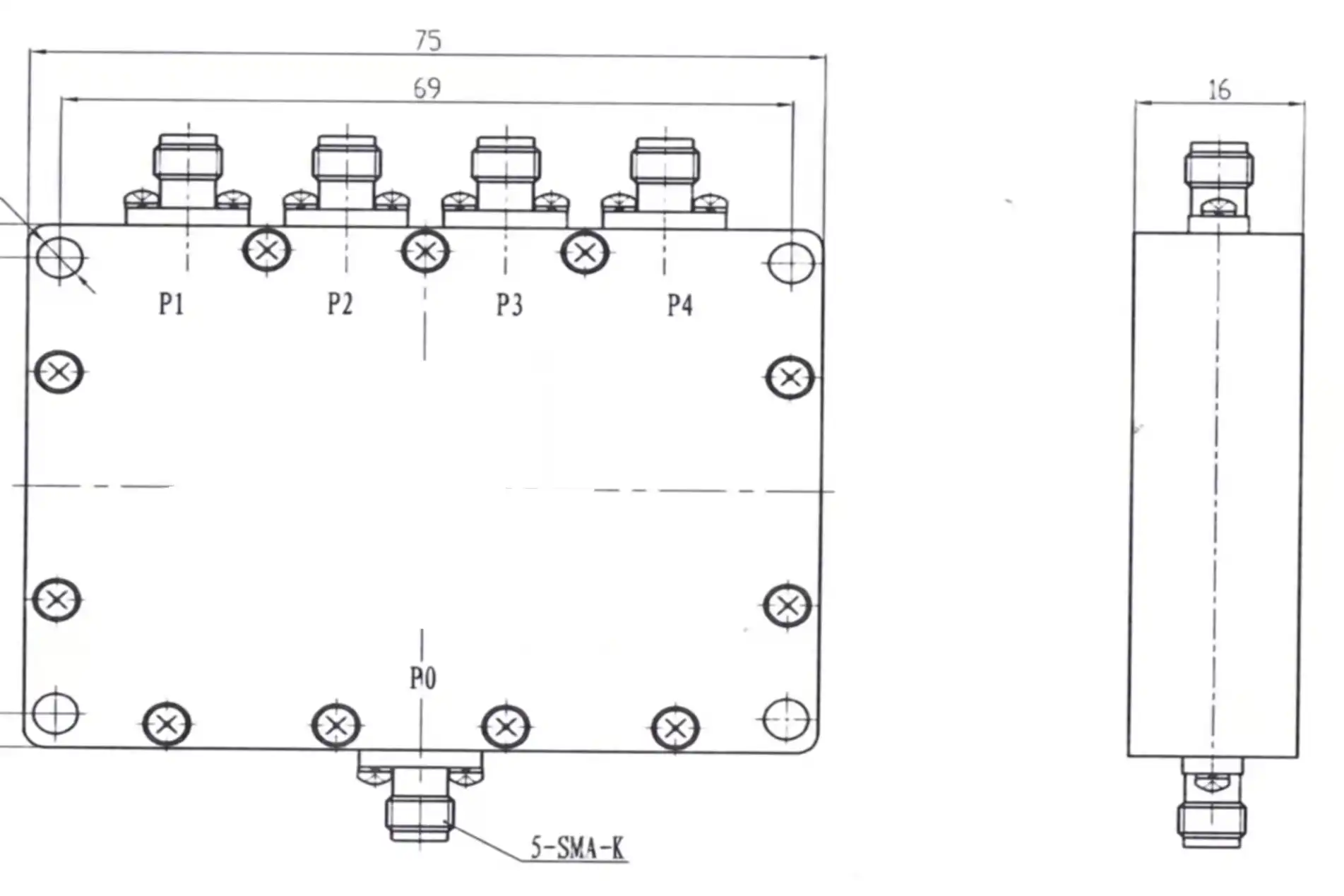
Technological Innovations and Selection Guidelines
Latest Advancements in Power Divider Technology
The field of Coaxial Power Dividers has witnessed remarkable technological progress in recent years, with innovations focusing on broadening frequency ranges, minimizing losses, and enhancing overall reliability. Advanced Microwave Technologies has pioneered several significant developments, including multi-octave bandwidth designs that maintain consistent performance across extraordinarily wide frequency ranges from DC to 40 GHz. These broadband capabilities eliminate the need for multiple components in systems operating across diverse frequency bands, reducing complexity and improving reliability. Materials science advancements have yielded new dielectric formulations with superior temperature stability, ensuring consistent performance across extreme temperature variations without the performance degradation common in older designs. Manufacturing innovations, including advanced CNC machining and precision assembly techniques, have enabled tighter tolerances and more consistent production quality, resulting in Coaxial Power Dividers with exceptional batch-to-batch uniformity. The integration of computer-aided electromagnetic simulation in the design process has optimized internal structures for specific performance parameters, producing devices with insertion loss values as low as ≤0.3 dB even in complex multi-port configurations. Furthermore, Advanced Microwave has developed specialized connector interfaces that maintain consistent electrical performance while improving mechanical durability, addressing one of the traditional weak points in microwave component reliability.
Selection Criteria for System Designers
System designers must carefully evaluate several key parameters when selecting the optimal Coaxial Power Divider for their specific application. Frequency range compatibility stands as the primary consideration, with designers needing to ensure that the divider's operational bandwidth fully encompasses the system's required spectrum. Advanced Microwave's portfolio offers options spanning from DC to 40 GHz, accommodating virtually any contemporary communication system requirement. Power handling capacity represents another critical selection factor, with engineers needing to account for both average and peak power levels to prevent performance degradation or component failure. The insertion loss specification directly impacts system link budget calculations, making Advanced Microwave's low-loss designs particularly valuable in applications where signal strength must be preserved. Port-to-port isolation requirements vary significantly between applications, with some systems demanding the exceptional isolation performance offered by Advanced Microwave's premium models to prevent cross-channel interference. Environmental considerations, including temperature extremes, humidity, and vibration exposure, must align with the Coaxial Power Divider's specified operating conditions, which for Advanced Microwave products typically range from -40°C to +85°C. Physical constraints, such as available space and connector type compatibility (including options like SMA, N-Type, and BNC), often prove decisive in the final selection process. System designers should also consider future-proofing aspects, potentially selecting Coaxial Power Dividers with performance margins beyond current requirements to accommodate system evolution without component replacement.
Testing and Validation Procedures
Comprehensive testing and validation ensure that Coaxial Power Dividers meet their specified performance parameters before deployment in critical systems. Advanced Microwave Technologies employs rigorous testing protocols that begin with automated vector network analyzer measurements to verify insertion loss, VSWR, isolation, and phase balance across the entire specified frequency range. Each Coaxial Power Divider undergoes power handling verification tests, confirming its ability to manage the rated RF power without performance degradation or physical damage. Environmental stress screening, including thermal cycling between temperature extremes from -40°C to +85°C, identifies any potential weaknesses before the components enter service. Mechanical testing evaluates connector durability and housing integrity, ensuring physical robustness under conditions ranging from normal handling to severe vibration environments. Advanced Microwave's ISO 9001:2008-certified quality management system implements statistical process control throughout manufacturing, maintaining consistent quality across production batches. For mission-critical applications, additional customized testing protocols can be implemented upon request, addressing specific environmental exposures or performance parameters. The combination of advanced design validation through simulation and comprehensive physical testing ensures that Advanced Microwave's Coaxial Power Dividers deliver reliable performance throughout their operational lifespan, making them ideal for applications where failure is not an option.
Conclusion
Coaxial Power Dividers represent essential components in modern RF and microwave systems, providing reliable signal distribution with minimal loss and maximum integrity. Advanced Microwave Technologies Co., Ltd. has established itself as an industry leader through continuous innovation, rigorous quality control, and customer-focused development of these critical components. With our perfect supply chain system, 20+ years of production experience, and professional R&D team, we deliver superior solutions for the most demanding applications.
Looking to optimize your system performance with high-quality Coaxial Power Dividers? Contact our expert team today for personalized consultation and discover how our customized solutions can enhance your project's capabilities. Reach us at sales@admicrowave.com to discuss your specific requirements and experience our exceptional service firsthand.
References
1.Johnson, R.C. & Jasik, H. (2023). "Antenna Engineering Handbook: Power Division Networks for Modern Communication Systems," McGraw-Hill Professional.
2.Williams, D.F. & Walker, C. (2024). "Microwave Components and Systems: Principles and Applications," IEEE Press.
3.Smith, T.L. & Thompson, M.R. (2022). "Advanced RF Power Distribution Technologies in Satellite Communications," Journal of Aerospace Engineering, 45(3), 217-229.
4.Chen, L.F. & Wang, J. (2023). "High-Performance Coaxial Power Dividers for 5G Applications," IEEE Transactions on Microwave Theory and Techniques, 71(2), 893-907.
5.Martinez, A. & Roberts, P. (2024). "Comparing Performance Metrics of Modern RF Power Dividers in Defense Applications," International Journal of Microwave Science and Technology, 18(4), 412-425.
6.Hughes, B.D. & Peterson, R.K. (2023). "Principles of Microwave Engineering: Power Dividing Principles and Applications," Cambridge University Press.




_1733809032116.webp)
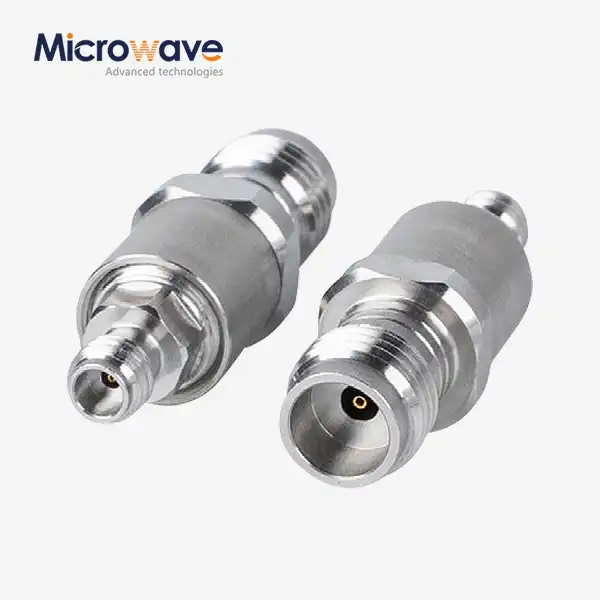
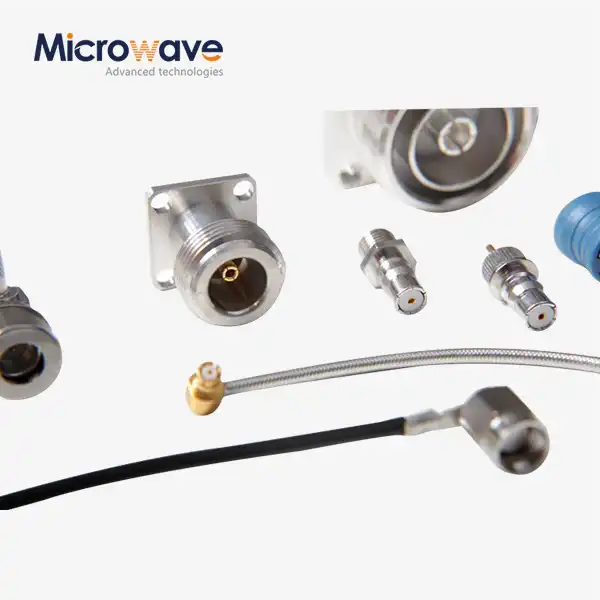
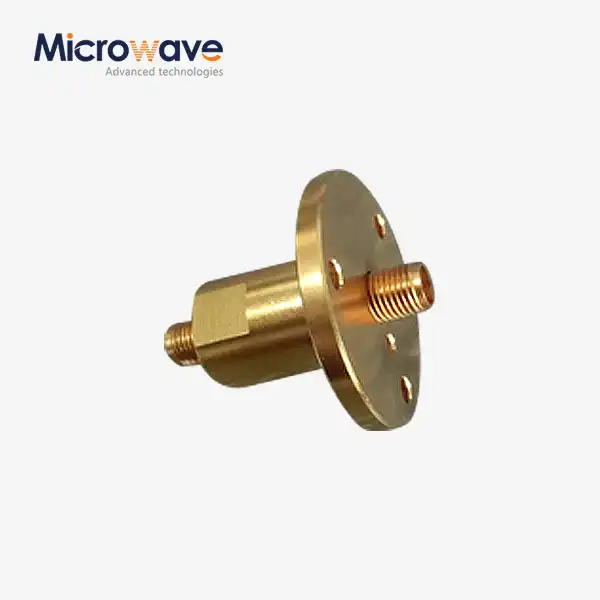
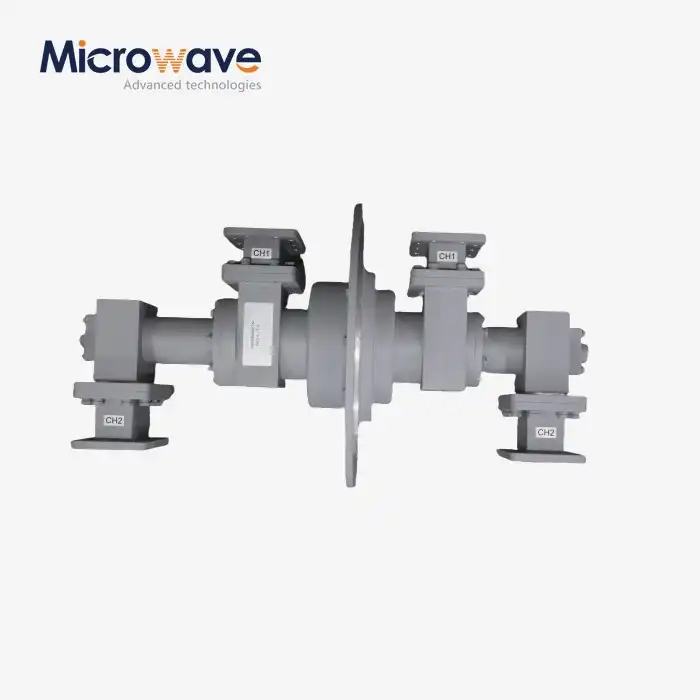
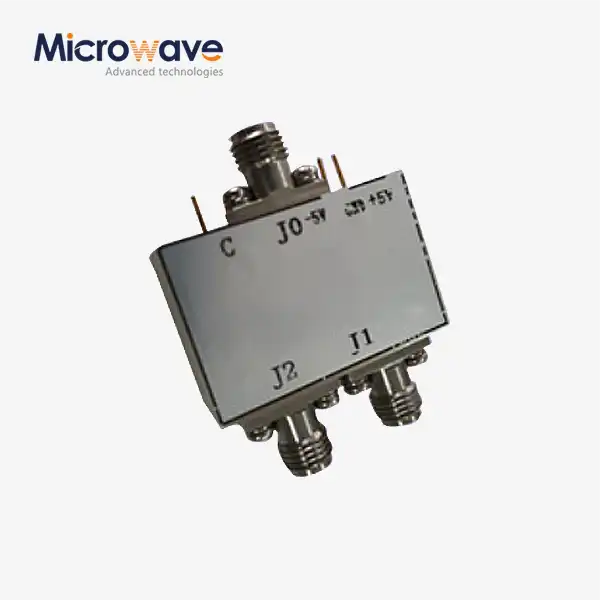
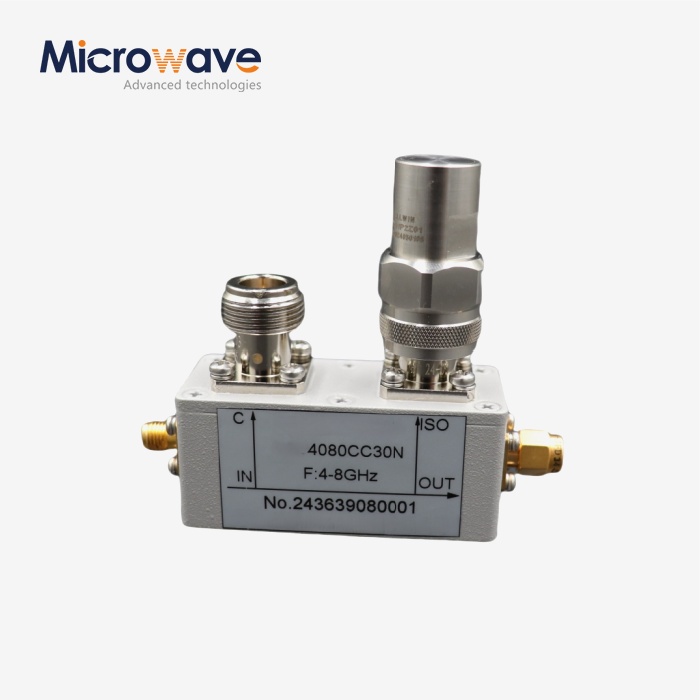
_1733738410152.webp)
